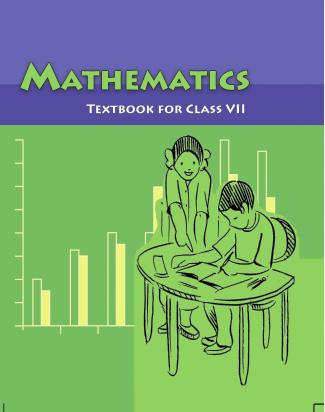Class 6 - Mathematics
Chapter - Integers : Exercise 1.2

Top Block 1
Question: 1.Write down a pair of integers whose:
(a) sum is –7
(b) difference is –10
(c) sum is 0
Answer :
(a) One such pair whose sum is –7 :–5 + (–2) = –7
(b) One such pair whose difference is –10 : –2 – 8 = –10
(c) One such pair whose sum is 0: –5 + 5 = 0
Question: 2.(a) Write a pair of negative integers whose difference gives 8.
(b) Write a negative integer and a positive integer whose is –5.
(c) Write a negative integer and a positive integer whose difference is –3.
Answer :
(a) –2 –(–10) = –2 + 10 = 8
(b) (–7) + 2 = –5
(c) (–2) – 1 = –2 –1 = –3
Question: 3.In a quiz, team A scored –40, 10, 0 and team B scores 10, 0, –40 in three successive rounds. Which team scored more? Can we say that we can add integers in any order?
Answer :
Team A scored –40, 10, 0
Total score of Team A = –40 + 10 + 0 = –30
Team B scored 10, 0, –40
Total score of Team B = 10 + 0 + (–40) = 10 + 0 –40 = –30
Thus, scores of both teams are same.
Yes, we can add integers in any order due to commutative property.
Mddle block 1
Question: 4.Fill in the blanks to make the following statements true:
(i) (–5) + (–8) = (–8) + (…….)
(ii) –53 + ……. = –53
(iii) 17 + ……. = 0
(iv) [13 + (–12)] + (…….) = 13 + [(–12) + (–7)]
(v) (–4) + [15 + (–3)] = [–4+15] + …….
Answer :
(i) (5) + (–8) = (–8) + (–5) [Commutative property]
(ii) –53 – 53 + 0 = –53 [Zero additive property]
(iii) 17 + (–17) = 0 (Additive identity]
(iv) 13 + (12)] + (–7) = 13 + [(–12) + (–7)] [Associative property]
(v) (–4) + [15 + (–3)] = [–4 + 15] + (–3) [Associative property]

